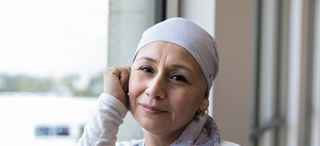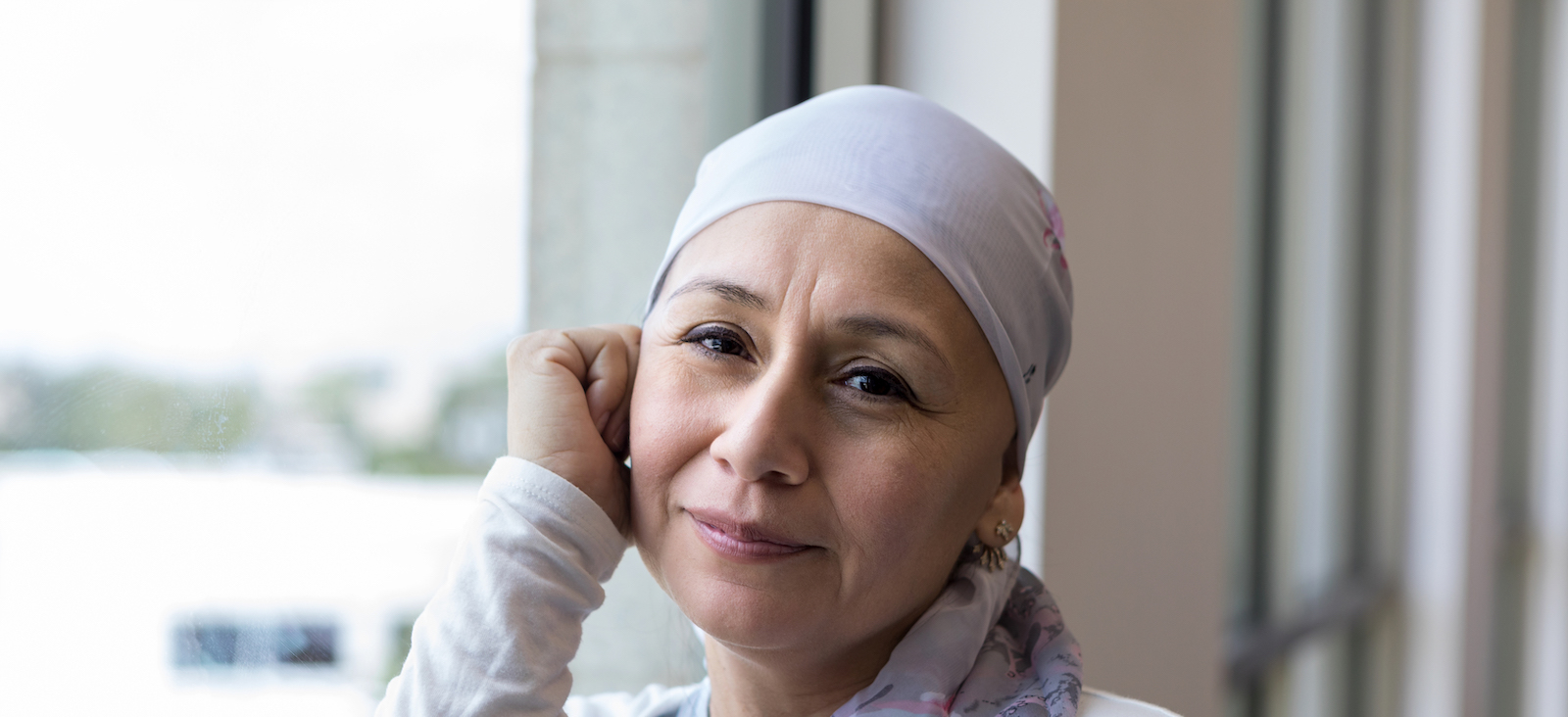Our team of hundreds of leading cancer physicians and oncology-trained support staff is a trusted partner in returning patients with cancer to good health.
Lymphedema
New Patient Appointment or 214-645-8300
MedBlog
Results: 5 Locations
Vascular Medicine
at UT Southwestern Medical Center at Park Cities 8611 Hillcrest Road, 2nd Floor, Suite 250Dallas, Texas 75225 214-692-3135 Directions to Vascular Medicine at UT Southwestern Medical Center at Park Cities, Dallas Parking Info for Vascular Medicine
Vascular Medicine
at West Campus Building 3 2001 Inwood Road, 5th FloorDallas, Texas 75390 214-645-8000 Directions to Vascular Medicine at West Campus Building 3, Dallas Parking Info for Vascular Medicine
Vascular Medicine
at UT Southwestern Medical Center at Coppell 2999 Olympus Blvd., 3rd FloorCoppell, Texas 75019 469-647-4446 Directions to Vascular Medicine at UT Southwestern Medical Center at Coppell, Coppell Parking Info for Vascular Medicine
Vascular Medicine
at UT Southwestern Medical Center at RedBird 3450 W. Camp Wisdom RoadDallas, Texas 75237 214-214-5810 Directions to Vascular Medicine at UT Southwestern Medical Center at RedBird, Dallas Parking Info for Vascular Medicine







